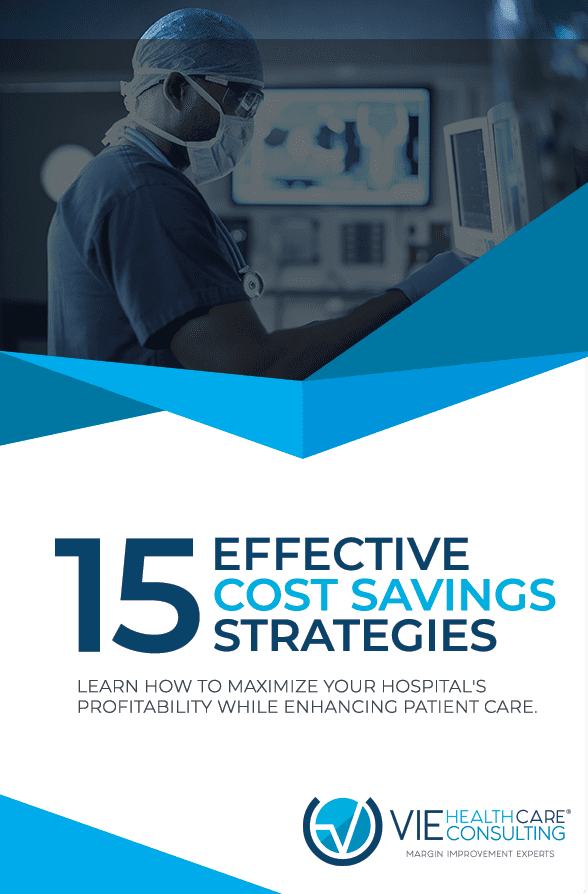Operating Rooms Produce the Most Revenue
Why the need?
As healthcare in this country shifts its focus to a more value-based model and as hospitals are being reimbursed less and less for services delivered, healthcare systems must adjust accordingly. No longer are hospitals reimbursed based strictly on the volume of care they provide- they are now being asked to show proof that the care they are delivering is high-value care. As a result, hospital systems are reexamining their operating costs and seeking new ways to lower spending without impacting the quality of their care.
Operating rooms produce the most revenue for a typical hospital. At the same time, operating rooms can often be the biggest ‘spenders’ and ‘wasters’ of a hospital’s money. If healthcare organizations hope to minimize waste and improve financial responsibility, one of the first places they should look is the operating room.
Approach
One such organization that has taken initiative in this area is Cleveland Clinic.
Oftentimes, a hospital’s biggest obstacle to saving money in the OR is the unwillingness of surgeons to try a new product or less expensive method. Click To Tweet
Perhaps they are committed to a particular manufacturer they have grown comfortable with over an extended period of time. This can lead to a somewhat antagonistic relationship between surgeons and hospital administrators who are always looking for ways to save money while improving patient care.
Rather than viewing surgeons as the opposition, Cleveland Clinic introduced the “Check Please” program in 2015. With the input of surgeons, this program maintains the goal of reducing cost in the OR by
increasing surgeon awareness of hospital cost per case and the cost of every item used in the OR. Contrary to popular belief, a more expensive surgery does not guarantee better outcomes. A Cleveland Clinic study that looked at 652 lumbar diskectomies performed by 9 surgeons over the course of 47 months actually showed that higher surgical cost led to worse outcomes. The study also showed the wide variation in cost for the same surgery. Much of the variation can be attributed to the use of more expensive materials, the overuse of disposable supplies, or the waste of OR supplies.
Expected results/Actual results
The overall goal of the “Check Please” program is to reduce costs of surgery while maintaining or improving outcomes. Through the online “Check Please” system, surgeons are able to view the individual costs for all of the disposable items used in a given surgery. They can also compare the cost of their particular case with those of similar procedures performed by other surgeons. “The program [also] enables comparison of the cost of OR materials (e.g., disposable items and implants) for given Current Procedural Terminology (CPT®) codes among surgeons and by location.”
By implementing this program, Cleveland Clinic showed its understanding that partnering with, rather than opposing, surgeons is the most effective approach to finding real cost savings in the operating room.
Showing surgeons how the cost of their procedures compares with the cost of their peers enables them to make decisions that will save the hospital money.
Details regarding the “Check Please” program (which began by working specifically with spine surgeons) taken from Cleveland Clinic.
In summary, healthcare organizations could benefit from taking a similar approach. It certainly requires research and effort, but by committing to gathering data, sharing that data, and working together with surgeons, hospitals will indeed find ways to minimize waste, become more efficient, and improve the quality of care they provide. The value of partnership and effective working relationships cannot be overstated when it comes to saving money for any organization.



